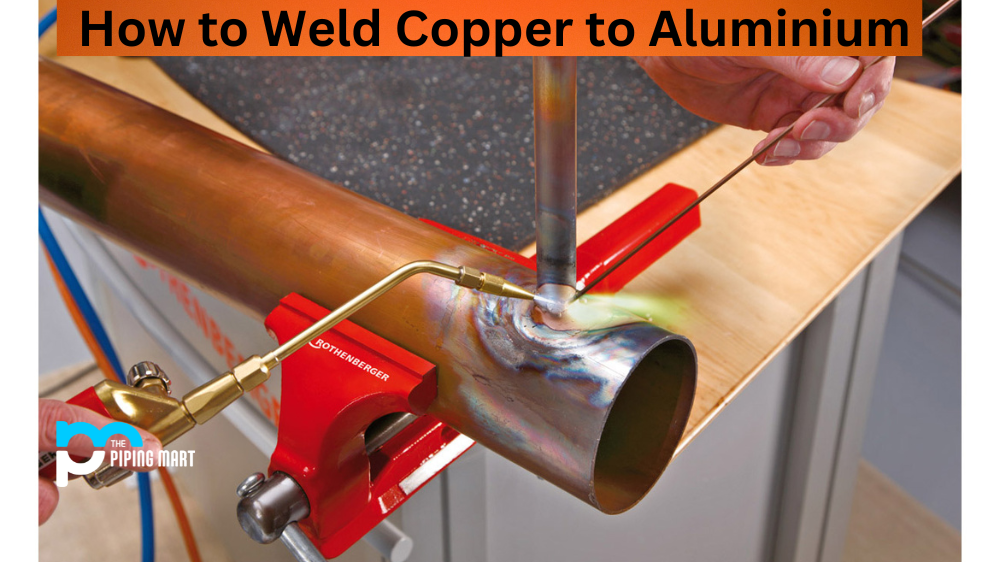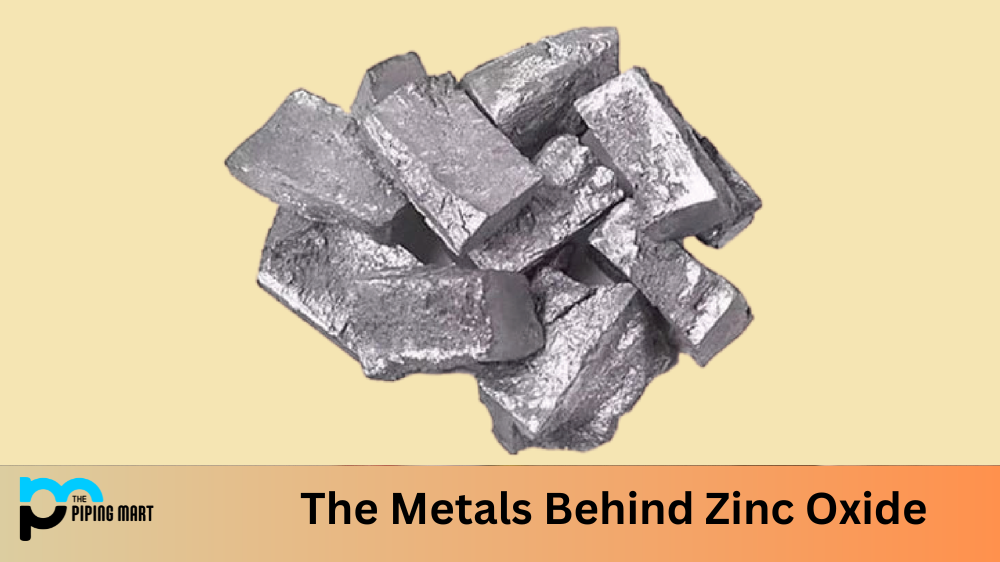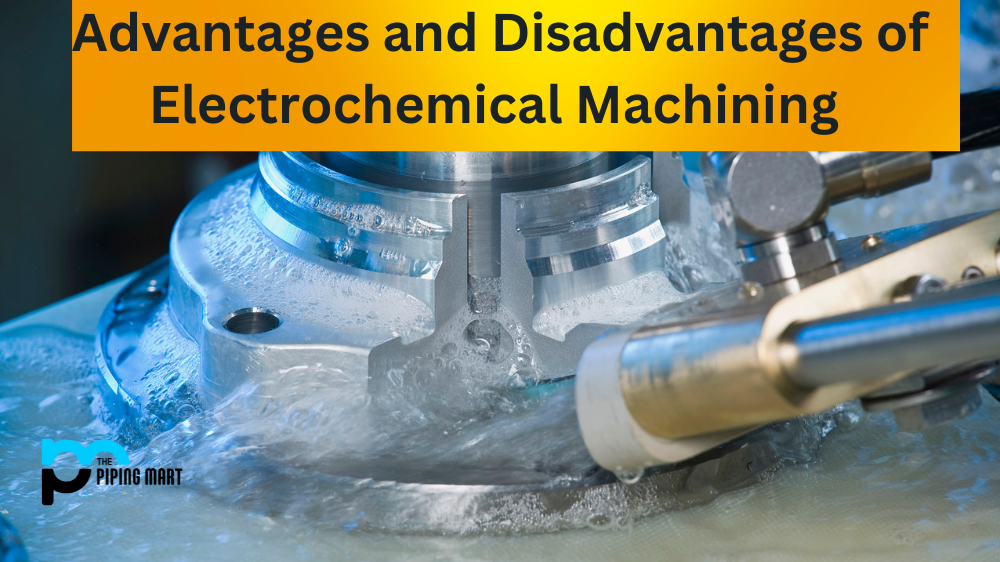If you are a metalworker, you may have been in a situation where you need to weld copper to aluminium. This can be a difficult task since both metals have very different properties and require specific welding techniques. In this blog post, we will walk through the steps necessary for welding copper to aluminium and discuss why it is important to use the right kind of welding technique.
Step 1
The first step in welding copper to aluminium is to clean both surfaces thoroughly. This is an important part of the process, as any dirt or debris on either surface will prevent a strong bond from forming between the two metals. Once the surfaces are clean, they should be dried using compressed air or a heat gun. This will help remove any moisture that could weaken the connection between the two metals.
Step 2
The next step is to use a flux-cored wire specifically designed for copper-to-aluminum welding. Flux-cored wires contain a core of flux which helps create stronger bonds between dissimilar metals like copper and aluminum by reducing oxidation at high temperatures. They also help prevent corrosion which can occur when welding these two materials together. Once you have selected your flux-cored wire, it’s time to start welding!
Step 3
When welding copper and aluminum together, there are several things that must be taken into account, such as temperature, filler metal selection, joint clearance, size of weld area, and speed of travel. It’s important to ensure that all these variables are carefully considered before starting your weld in order to maximize your chances of success. For example, if you are using a MIG welder with gas shielding, then you should make sure that the flow rate is correct and adjust it if necessary so that it matches your specific application needs. Additionally, when using TIG welding equipment with AC power sources, ensure that the polarity is set correctly according to what type of material you are working with (copper or aluminium).
Conclusion:
Welding copper and aluminum together can seem daunting, but following this step-by-step guide makes it much easier! By taking careful precautionary measures such as cleaning both surfaces thoroughly and selecting the right kind of filler metal for your application needs, you will be able to successfully weld these two dissimilar materials together with minimal effort! With proper planning and practice, anyone can master this skill – so don’t hesitate – get out there and get started today!

Pipingmart is a B2B portal that specializes in metal, industrial and piping items. Additionally, we share the latest information and information about materials, products and various types of grades to assist businesses that are involved in this business.




